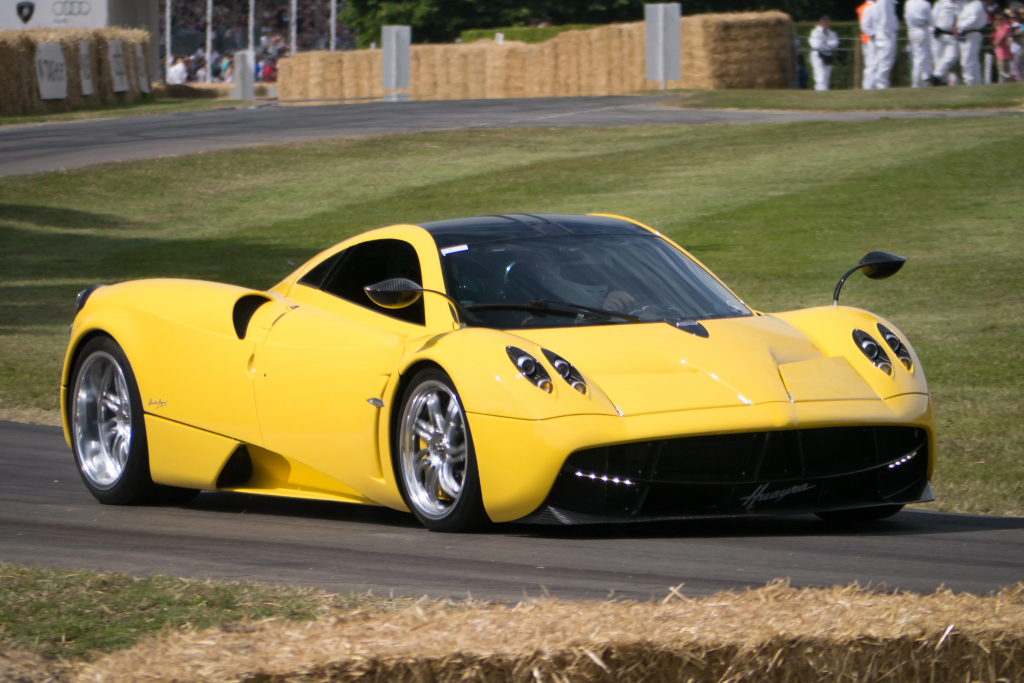
Good Luck with That
Seven-figure cars are not bought for practical reasons.
Like a piece of art, they evoke passion and prestige, not practicality.
Their value stems from their rarity and exclusivity.
A Ferrari 250 GTO or a McLaren F1 is not just a car; it’s a rare masterpiece.
Some cars, like the Aston Martin DB5, gain value through their cultural significance.
These cars are more akin to works of art than mere machines.
Their design, craftsmanship, and attention to detail make them sculptural forms of human ingenuity.
The value is found in the sensory experience; the engine’s roar, the thrill of speed, and the sheer driving engagement offer an emotional rush that transcends the idea of getting from A to B.
For owners, these cars represent success and a lifestyle where passion outweighs logic.
Valuing these cars in a rational, utilitarian way misses the point. They are objects of desire and the emotions they evoke.
Auctions don’t help; they create a highly competitive, emotional environment where prices can quickly escalate beyond rational expectations.
Bidding wars and the pressure to win can inflate prices far beyond what the car might achieve in a private sale.
Timing and trends in the market also play a role.
Valuing iconic cars at auction is problematic because it involves emotion, history, rarity, and status, not just the car itself.
‘Valuing a rare car is like putting a price tag on a dream.’
These factors, combined with auctions’ competitive nature and specific models’ cultural importance, make applying simple economic rationale to their often stratospheric prices impossible.
‘Iconic cars aren’t just metal and rubber; they’re rolling desires – and putting a price on desire? Good luck with that!’


